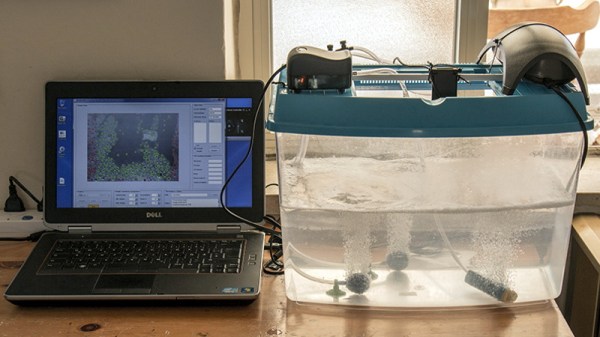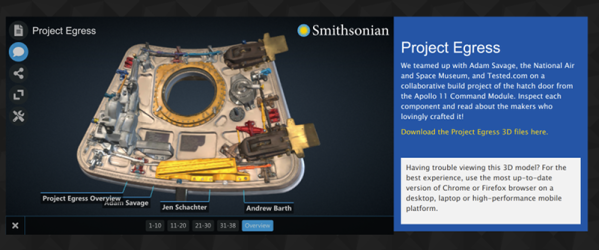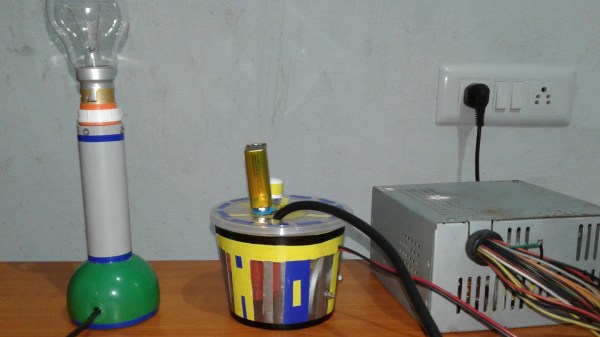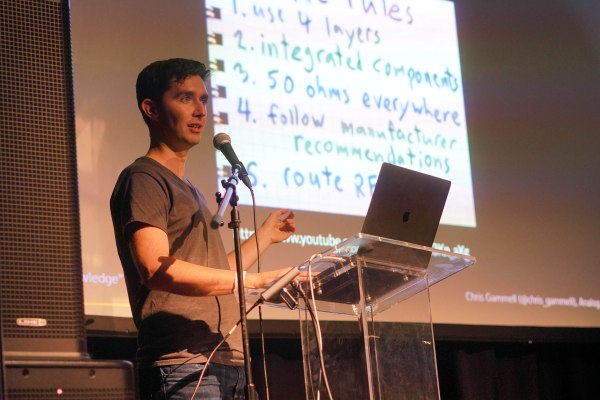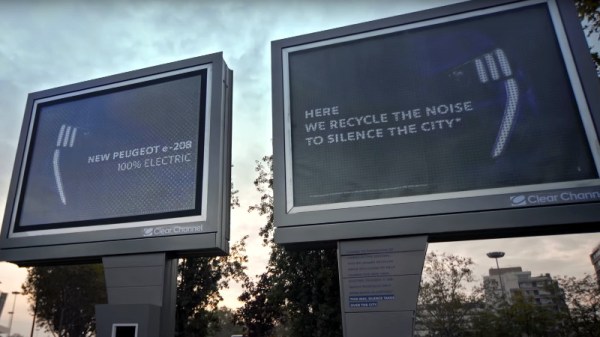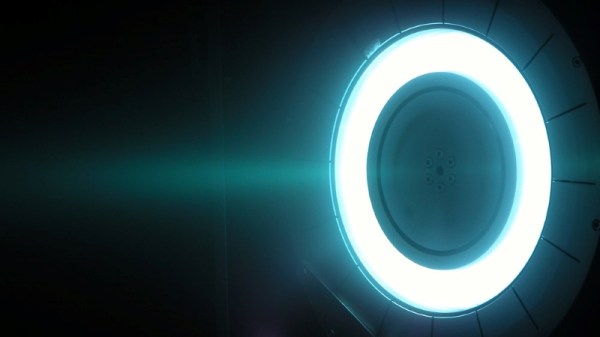While working towards his Computing and Information Systems degree at the University of London, [Jason Fenech] submitted an interesting proposal for generating random numbers using nothing more exotic than an aquarium and a sufficiently high resolution camera. Not only does his BubbleRNG make a rather relaxing sound while in operation, but according to tools such as ENT, NIST-STS, and DieHard, appears to be a source of true randomness.
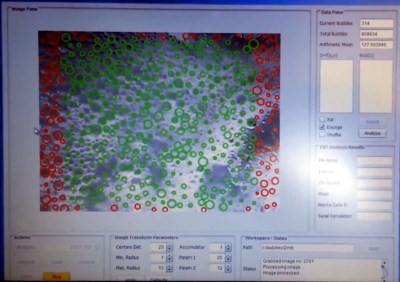 If you want to build your own BubbleRNG, all you need is a tank of water and some air pumps to generate the bubbles. A webcam looking down on the surface of the water captures the chaos that ensues when the columns of bubbles generated by each pump collide. In the video after the break [Jason] uses two pumps, but considering they’re cheaper than lava lamps, we’d probably chuck a few more into the mix. To be on the safe side, he mentions that the placement and number of pumps should be arbitrary and not repeated on subsequent installations.
If you want to build your own BubbleRNG, all you need is a tank of water and some air pumps to generate the bubbles. A webcam looking down on the surface of the water captures the chaos that ensues when the columns of bubbles generated by each pump collide. In the video after the break [Jason] uses two pumps, but considering they’re cheaper than lava lamps, we’d probably chuck a few more into the mix. To be on the safe side, he mentions that the placement and number of pumps should be arbitrary and not repeated on subsequent installations.
To turn this tiny maelstrom into a source of random numbers, OpenCV is first used to identify the bubbles in the video stream that are between a user-supplied minimum and maximum radius. The software then captures the X and Y coordinates of each bubble, and the resulting values are shuffled around and XOR’d until a stream of random numbers comes out the other end. What you do with this cheap source of infinite improbability is, of course, up to you.
While this project has been floating around (no pun intended) the Internet for a few years now, it seems to have gone largely overlooked, and was only just brought to our attention thanks to a tip from one of our illustrious readers. An excellent reminder that if you see something interesting out there, we’d love to hear about it.
Continue reading “Generating Random Numbers With A Fish Tank”

